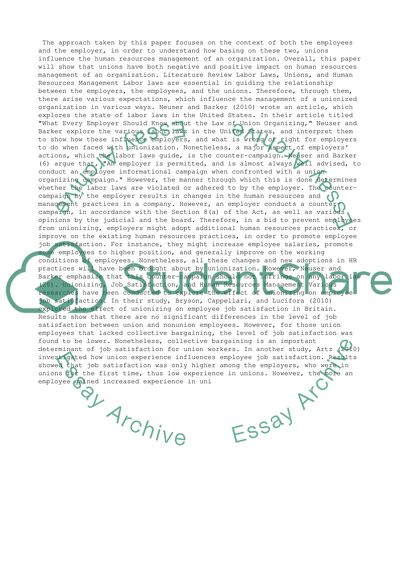Cite this document
(“Impact of Unions on Human Resources Management Research Paper”, n.d.)
Impact of Unions on Human Resources Management Research Paper. Retrieved from https://studentshare.org/management/1492687-impact-of-unions-on-human-resources-management
Impact of Unions on Human Resources Management Research Paper. Retrieved from https://studentshare.org/management/1492687-impact-of-unions-on-human-resources-management
(Impact of Unions on Human Resources Management Research Paper)
Impact of Unions on Human Resources Management Research Paper. https://studentshare.org/management/1492687-impact-of-unions-on-human-resources-management.
Impact of Unions on Human Resources Management Research Paper. https://studentshare.org/management/1492687-impact-of-unions-on-human-resources-management.
“Impact of Unions on Human Resources Management Research Paper”, n.d. https://studentshare.org/management/1492687-impact-of-unions-on-human-resources-management.


